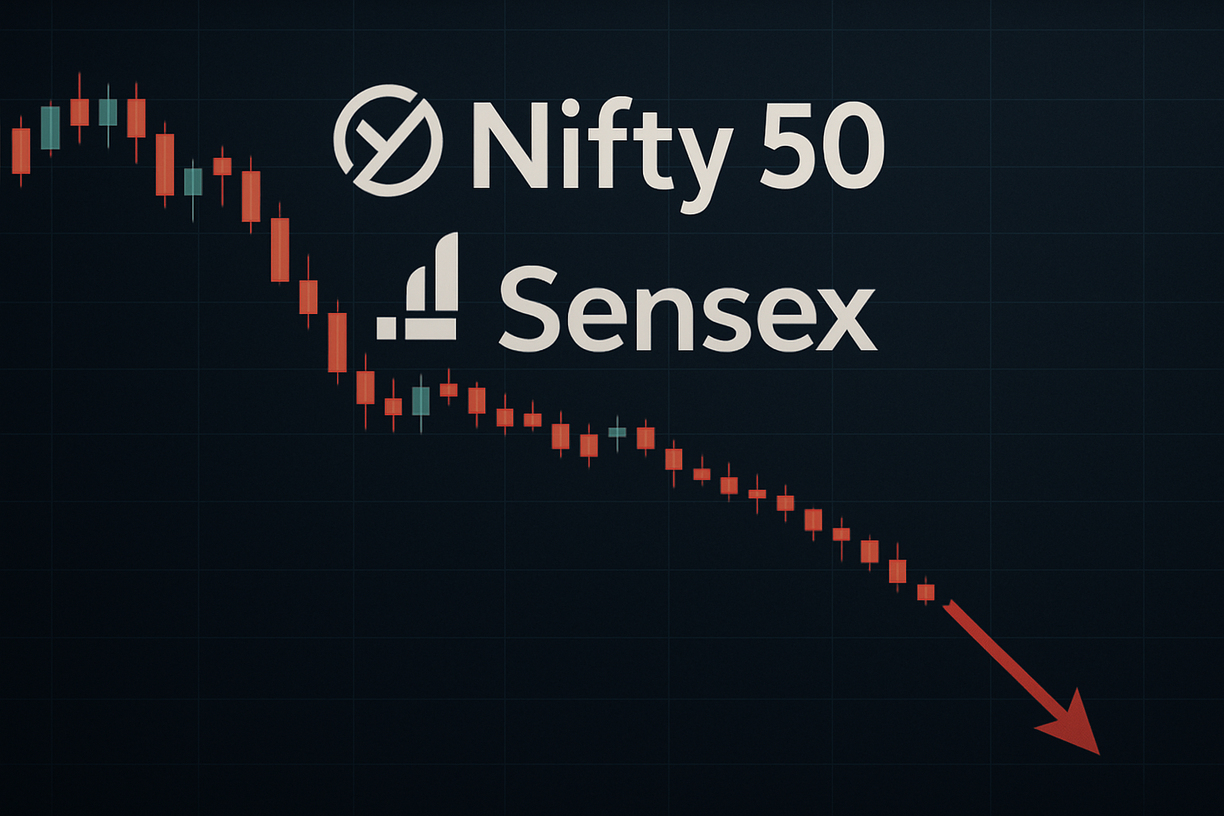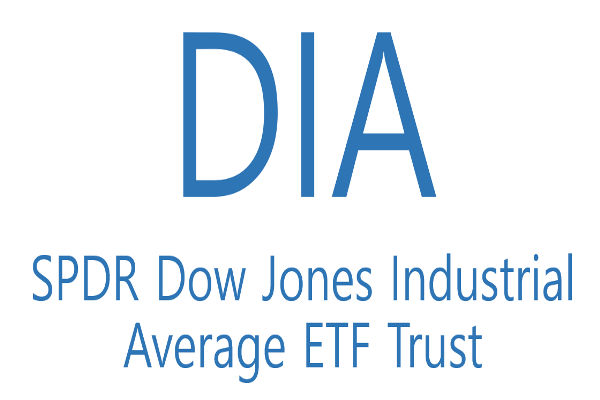India's stock benchmarks have tumbled sharply this week, with the BSE Sensex sinking nearly 600‑700 points and the Nifty 50 sliding below 24,700, marking a 2% decline over three sessions. Mid-caps and small-caps have fared worse, declining up to 1.9% in recent trading days.
Investors across sectors have seen their wealth shrink as domestic market capitalisation contracted by almost ₹12 lakh crore in three trading days alone. What's fueling this sell‑off? Below is a full breakdown of the primary drivers behind today's market decline.
India Stock Market Snapshot Today
| Index / Segment |
Closing Level |
Daily Change |
| Nifty 50 |
24,680.90 |
–0.63% (–156.10) |
| Sensex |
80,891.02 |
–0.70% (–572.07) |
| Bank Nifty |
56,084.90 |
–0.79% |
| Mid-cap Index |
21,314.85 |
–0.84% |
| Small-cap Index |
53,202.37 |
–1.31% |
| Nifty IT |
35,370.05 |
–0.71% |
Benchmark Indices
Nifty 50 closed at 24,680.90, down 156.10 points (–0.63%), marking a fourth consecutive weekly loss and its lowest level since early June.
Sensex closed at 80,891.02, falling by 572.07 points (–0.70%), eliminating almost ₹4.9 trillion in market value among BSE-listed companies.
Sector Index & Segment Movements
Bank Nifty declined 0.79%, settling at 56,084.90.
Mid-cap and small-cap indices fell by 0.84%–1.31%, reflecting broad-based weakness across market segments.
Nifty IT fell by about 0.7%, impacted by new layoffs and conservative outlooks from significant tech companies like TCS.
Pre-Market Sentiment & Global Cues
GIFT Nifty futures pointed to a weak start around 24,665, signalling continued downward pressure into today's session.
Foreign portfolio investors (FPIs) sold nearly ₹6,081 crore worth of Indian equities on July 28, marking the largest single‑day outflow since late May and further intensifying market concerns.
Why Stock Market Is Falling Today in India: 7 Key Reasons Explained

1. Trade Deal Deadlock: India‑U.S. Talks at Stalemate
Delays in India‑U.S. trade negotiations, especially ahead of an August 1 deadline, have heightened uncertainty. Talks over tariffs on dairy, agriculture, and GM products remain stalled.
Investors are concerned as partner nations like the EU and Japan have already secured deals. This stalemate has dented sentiment despite economic optimism.
Geojit strategist VK Vijayakumar observes that market sentiment turned fragile as the deal stayed elusive, undermining risk appetite in equities.
2. Weak Q1 Earnings Weigh on Sentiment
Key firms in banking, financial services, and IT posted disappointing results for the June quarter. Kotak Mahindra Bank's profit dropped markedly, dragging bank indices down by over 1% and its shares falling nearly 7% in a single session.
Simultaneously, Tata Consultancy Services announced a 2% workforce reduction in FY26 amid weak demand expectations, adding to negative sentiment within the IT sector.
3. Foreign Institutional Investors (FII) Selling Intensifies
A key driver of today's decline has been broad-based foreign selling. FIIs offloaded close to ₹1,980 crore on one day, with cumulative sales exceeding ₹13,500 crore during the prior week. It represented the largest single-day FII net outflow since May 2025.
Global investors have cut their exposure to Indian equities due to geopolitical uncertainty, worries about inflation, and more attractive yields in developed markets.
4. Tech Sector Trouble: IT Stocks Under Pressure
India's IT sector bears disproportionate weight in the markets. Q1 earnings were mixed, with layoffs announced at several IT firms, and weak guidance rounding sentiment negative.
The Nifty IT index decreased by 0.5%, and TCS stock dropped 1.6%, contributing to a decline in the wider indices.
5. Technical Weakness: Indices Breaking Key Supports
Technically, the Nifty has fallen below its 20- and 50-day exponential moving averages, a bearish sign according to indicators. Support at 24,750 and 24,580 may be tested next, with resistance near 25,000 acting as a barrier to rallies until momentum improves.
With the risk of further downside if support breaks, trader sentiment remains cautious.
6. Broader Macro & Global Cues
Weakness in global markets, particularly across Nikkei, Hang Seng, and KOSPI indices, added to domestic pressure.
At the same time, doubts concerning U.S. Federal Reserve policy, particularly regarding the continuation of Chair Powell, caused hesitance in capital movements toward emerging markets.
U.S.-driven policy risk and geopolitical concerns are amplifying local volatility.
7. Other Key Triggers: Rupee, Sector Rotation & No Fresh Catalysts
The Indian rupee weakened 15 paise to ₹86.66 per USD, attributed to month-end import demand and rupee pressure from equity outflows.
Sector rotation favoured defensive names, but losses in realty and finance added to the overall downside. The lack of new policy triggers or strong domestic tailwinds has left markets struggling for direction.
What's Next? Potential Reversal Signals & Strategy

Strategists highlight July 29 as a potential inflexion point, as historical time-based patterns suggest a reversal may occur post-July 25. If key supports at 24,750 and 24,580 hold, short covering could spark a bounce toward 25,150 or 25,500.
Foreign inflows might stabilise if international signals improve and earnings become clearer. However, until there is clarity on trade agreements or improvements in corporate revenue, markets will probably stay in a state of consolidation or correction.
Risks to Watch
Prolonged trade negotiations may continue to cloud investor outlook.
Further FII outflows if developed markets outperform.
Continued earnings downtick among banks and IT, leading to deeper valuation corrections.
Global headwinds such as rising U.S. rates, geopolitical friction, and commodity price volatility.
Conclusion
In conclusion, India's recent stock market decline is driven by a convergence of negative factors. Without fresh optimism or major policy catalysts, investor sentiment remains negative, and the market is likely to remain volatile or consolidate around current levels.
Meanwhile, technical charts and index breakdowns reinforce the downside bias, and foreign selling shows little sign of abating. The rupee's depreciation and global macro uncertainty further complicate the outlook.
Disclaimer: This material is for general information purposes only and is not intended as (and should not be considered to be) financial, investment or other advice on which reliance should be placed. No opinion given in the material constitutes a recommendation by EBC or the author that any particular investment, security, transaction or investment strategy is suitable for any specific person.




























